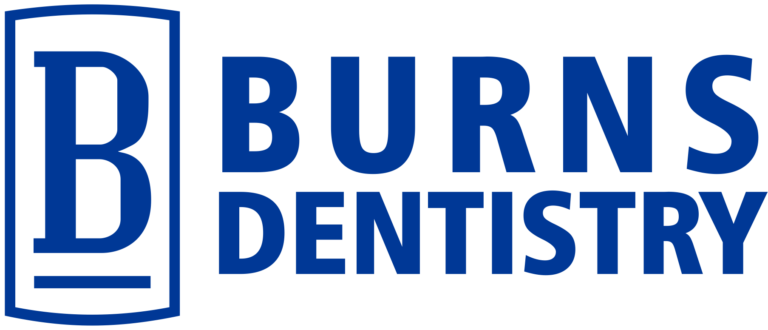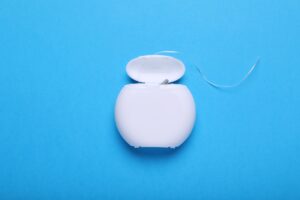Five Dental Flossing Tips
Five Dental Flossing Tips
You’ve probably heard that flossing your teeth is a critical component of a healthy dental routine. It’s true! Flossing helps get rid of the food particles and plaque in between your teeth and along your gumline that your toothbrush simply can’t reach. Doing so helps prevent tartar buildup, tooth decay, gum disease, bad breath, and a number of other issues.
In order to take full advantage of all the benefits that flossing has to offer, you need to do it properly. After all, you’ll be wasting time, money, and effort if you’re not using the right product and technique. With that in mind, below are five helpful dental flossing tips.
1. Stick to a Daily Routine
Do your gums bleed when you floss your teeth? Chances are good that it’s because you’re not flossing often enough. Once you get back into a more normal routine—the American Dental Association (ADA) recommends brushing twice a day and flossing once a day—then the bleeding should stop.
2. Use the Right Floss
There are two main types of dental floss: polytetrafluoroethylene (PTFE) monofilament floss and nylon multifilament floss. Many people prefer PTFE floss because it’s less likely to tear during use. Your dentist can recommend the product that’s best suited to your specific needs.
3. Hold the Floss Correctly
Loop each end of the string around your middle finger and pinch it between your index finger and thumb, keeping a few centimeters taut between your hands. Holding the string this way will allow you to have better control over it while you’re flossing.
4. Use Proper Flossing Technique
Once you’ve inserted the string between two teeth, make a C-shape around the tooth on one side, essentially “hugging” that tooth. Keep the string in that position while you move it up and down the tooth about five times, taking it slightly below the gumline. Then, repeat the same process on the tooth on the other side. Remove the string, adjust it so that you’re using a clean section, and repeat on the next set of teeth.
5. Be Gentle
Don’t snap the string or force it into a space that’s too tight, since doing so could bruise or even cut your gum tissue. Let your dentist know if you’re having trouble flossing all of your teeth—they can demonstrate what to do and recommend an alternative approach, if needed.
Don’t Forget to Attend Professional Teeth Cleanings
No matter how well you keep up with brushing and flossing, it’s still important to regularly visit a dentist for professional cleanings (also known as “dental prophylaxis”). Because dentists and dental hygienists can use specialized tools and reach your teeth from varying angles, they’re able to clean your teeth much more thoroughly than you could on your own, and they’re also better equipped to spot the initial signs of periodontal disease and oral cancer.
Fortunately, if you’re in Sun City, Sun City West, Litchfield Park, or the surrounding area, you can rely on Burns Dentistry for professional teeth cleanings. Our team possesses more than 100 years of combined experience, and we take pride in always providing patients with the best possible care. Contact us today to schedule an appointment.


